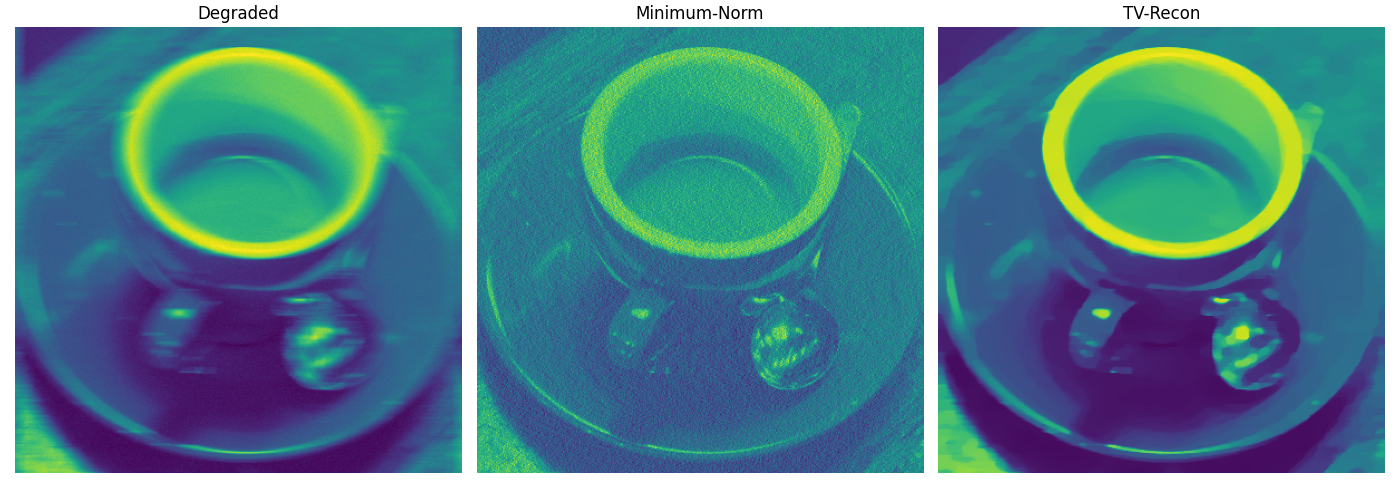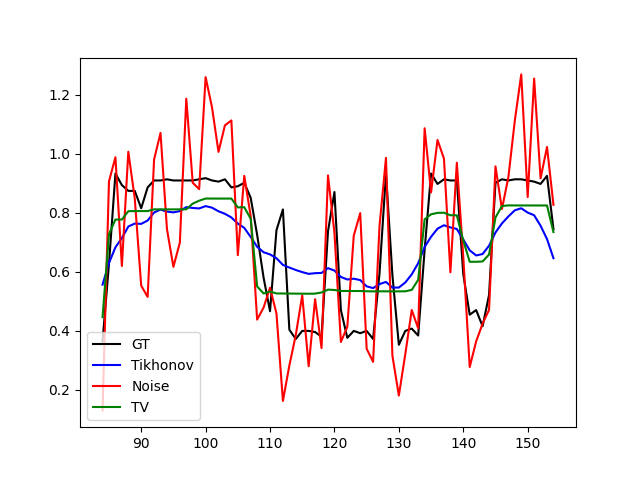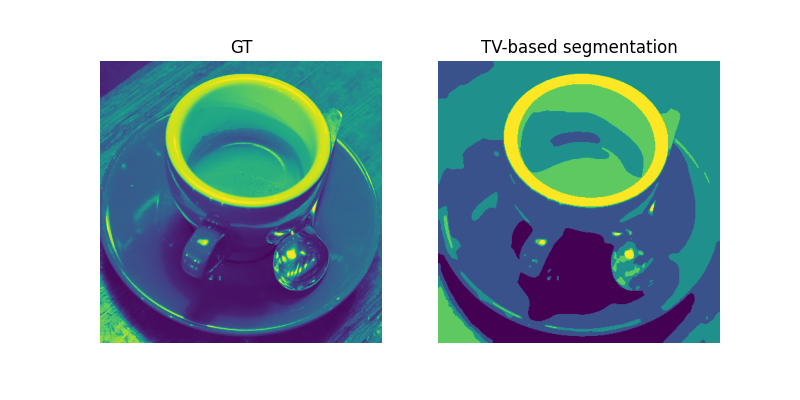A python-based toolbox for solving regularized Inverse Problems using Primal-Dual algorithms. The project provides an overview of solving regularization problems and is the result of a master's thesis. Built as proof of concept.
- Reconstruction, Smoothing
- Class-Based Segmentation
- Spatially-Adapted Regularization
- Bregman Iteration
- Denoising, Deconvolution, Computerized Tomography
In terms of Inverse Problems one is interested in the reason
of measurment data
with regard to a forward map
.
Due to the fact of measurement inaccuracies, regularization terms
are added and the optimization problem is maintained as
import numpy as np
from recon.operator.ct_radon import CtRt
from recon.interfaces import Recon
from matplotlib.image import imread
gt = imread("../data/phantom.png")
gt = gt/np.max(gt)
theta = np.linspace(0, 180, 180, endpoint=False)
sigma = 0.01
R = CtRt(gt.shape, center=[gt.shape[0]//2, gt.shape[1]//2], theta=theta)
y = R*gt.ravel()
rec = Recon(operator=R, domain_shape=gt.shape, reg_mode='tv', alpha=1, lam=15, extend_pdhgm=True)
x_tv = rec.solve(data=y.ravel(), max_iter=1000, tol=1e-4)Imaging result for another inverse problem where
is a convolution operator:
Image denoising is a special case of regularized reconstruction.
import numpy as np
from scipy import misc
from recon.interfaces import Smoothing
img = misc.ascent()
gt = img/np.max(img)
sigma = 0.2
n = sigma*np.max(gt.ravel()*np.random.uniform(-1, 1, gt.shape))
noise_img = gt + n
tv_smoothing = Smoothing(domain_shape=gt.shape, reg_mode='tv', lam=10, tau='calc')
u0 = tv_smoothing.solve(data=noise_img, maxiter=1500, tol=10**(-4))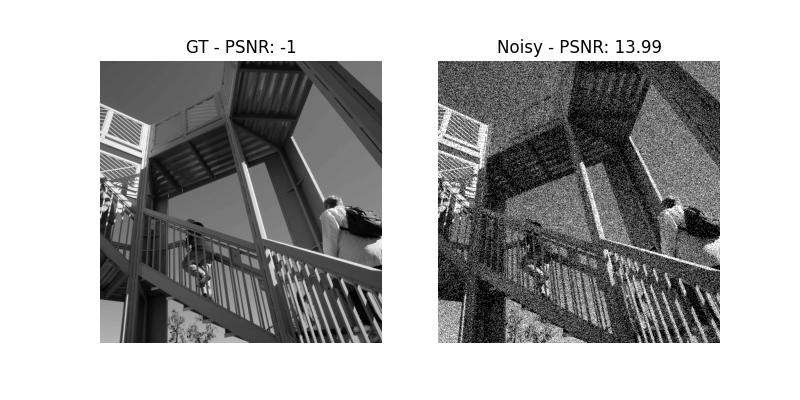 |
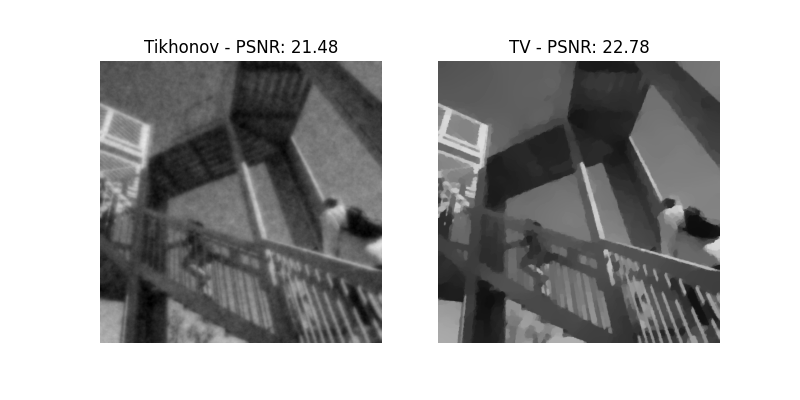 |
Some segmentation methods are implemented as part of regularization approaches and performance measurements. Through a piecewise constant TV-solution, one quickly obtains a suitable segmentation.
import skimage.data as skd
import numpy as np
from recon.interfaces import Segmentation
gt = rgb2gray(skd.coffee())[:,80:481]
gt = gt/np.max(gt)
gt = gt/np.max(gt)
classes = [0, 50/255, 120/255, 190/255, 220/255]
segmentation = Segmentation(gt.shape, classes=classes, lam=5, tau='calc')
result, _ = segmentation.solve(gt, max_iter=4000)- The Repo based on Enhancing joint reconstruction and segmentation with non-convex Bregman iteration - Veronica Corona et al 2019 Inverse Problems 35, and their code on GitHub.
- To outsource operator handling PyLops package is used.
- Efficient Radon operator Astra Toolbox.
